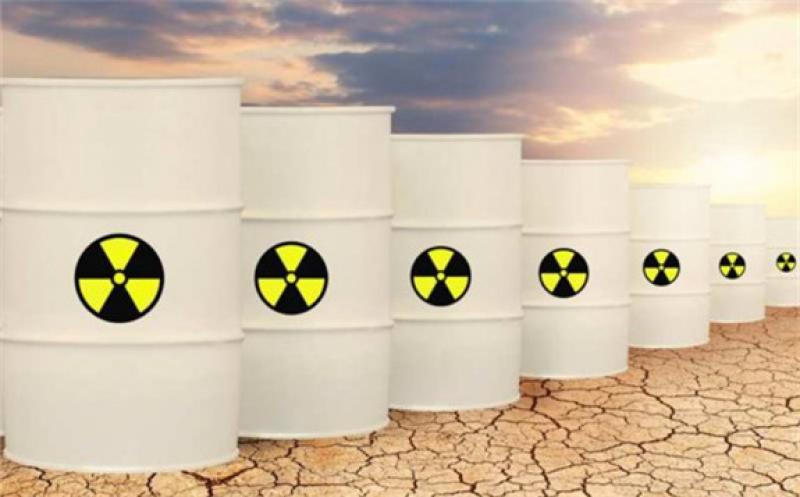The U.S. Nuclear Regulatory Commission staff is recommending granting a proposed license for a planned spent nuclear fuel interim storage facility in west Texas.

The Nuclear Regulatory Commission (NRC) issued its final environmental impact statement on the application by Interim Storage Partners LLC, which is a joint venture of Waste Control Specialists LLC and Orano CIS.
If granted, the owners would construct a facility to store from 5,000 (in the beginning) to 44,000 short tons of spent commercial nuclear fuel and a small quantity of spent mixed oxide fuel for about 40 years.
U.S. Department of Energy statistics indicate that the U.S. commercial nuclear power industry generates about 2,000 metric tons of used uranium fuel per year. Once spent and removed from the reactor, used fuel rods are currently stored at close to 75 sites in 34 states, according to the DOE.
The proposed interim site would be in Andrews County, Texas less than a mile from the New Mexico border. The owners would build and operate the project within a 14,000-acre parcel of land accessible by rail and road.
Project costs could be about $350 million during the construction phase and total expenses of close to $2.3 billion by the end of the 40-year lifespan, according to the NRC report.
Once built, the project operators could begin receiving and storing the spent nuclear fuel within three months. The original plan is to store 5,000 short tons with subsequent expansion eventually bringing the total to close to 44,000 tons, equal to about 20 years of operation by the entire U.S. nuclear power generation fleet, according to reports.
When a geologic repository becomes available, the spent fuel stored at the proposed interim storage site would be removed and sent to the repository for disposal. Defueling would involve similar activities to those associated with shipping spent nuclear fuel from nuclear power plants and Independent Spent Fuel Storage Facilities, according to the NRC report.
The NRC staff concluded that land, air and water impacts would be relatively small and transportation infrastructure and activities also would not be a major issue, according to the report. The environmental impact states exposure risk was low given the transportation safeguards and relatively short time in transport.
“The NRC staff also evaluated the potential occupational and public health impacts of the proposed SNF transportation under accident conditions,” the NRC release reads. “Based on an ISP analysis of cask response to transportation accident conditions, releases of SNF would not be expected from the xxiv proposed SNF shipments under accident conditions. Under accident conditions with no release, the highest estimated dose consequence to an emergency responder that spent 10 hours at 3 meters [3.3 yards] from the SNF cask was 1.6 mSv [160 mrem]. ISP also evaluated maximally exposed individual dose risks and collective dose risks to the public from the transportation of SNF under accident conditions involving a release under a variety of accident configurations.
“The highest reported individual public dose risk was 2.62 × 10-11 Sv [2.62 × 10-9 rem] once an accident has occurred. Therefore, when the NRC staff scales the result by the probability of an accident occurring (1.1 × 10-7 rail accidents per km), the shipment distance for ISP’s longest route {5,043 km [3,134 mi]} and the total number of proposed shipments over the duration of the project (3,400), the resulting maximum individual dose risk is low at 4.9 × 10-11 Sv [4.9 × 10-9 rem].”
The nation’s 94 operating nuclear power units generate about 20 percent of electricity capacity, according to federal statistics. Nuclear units also generate more than half of the nation’s current carbon-free power.
Once the licensing period is up, the project would be decommissioned.